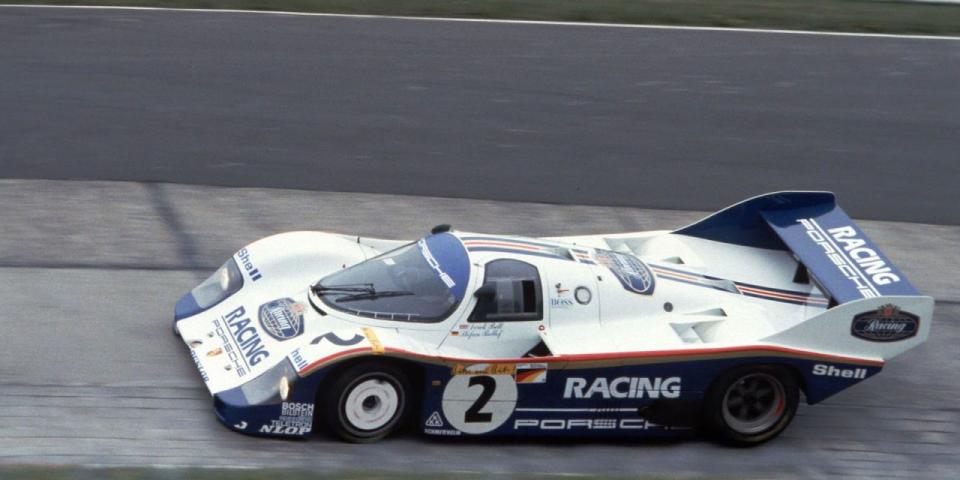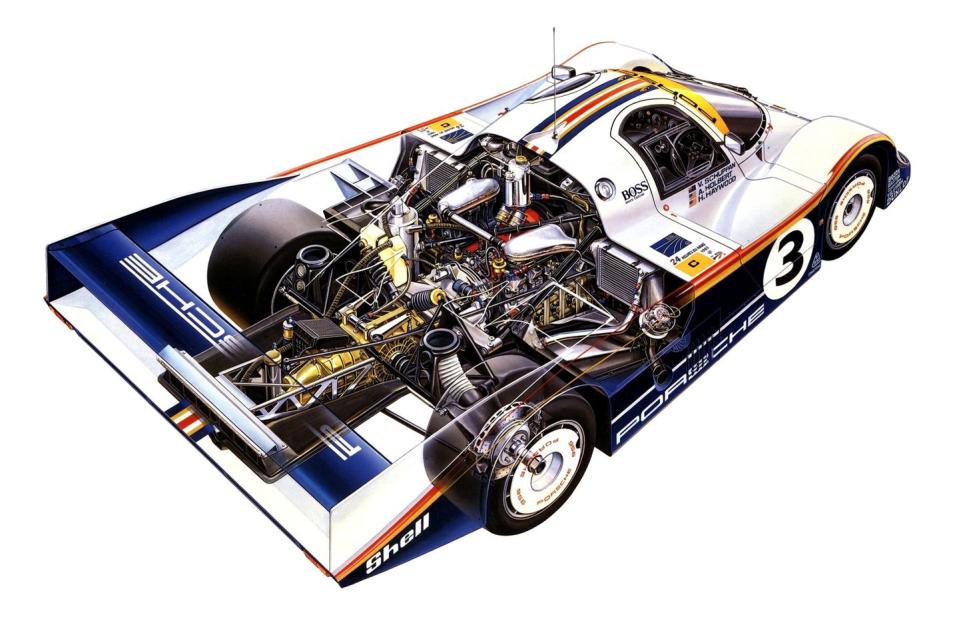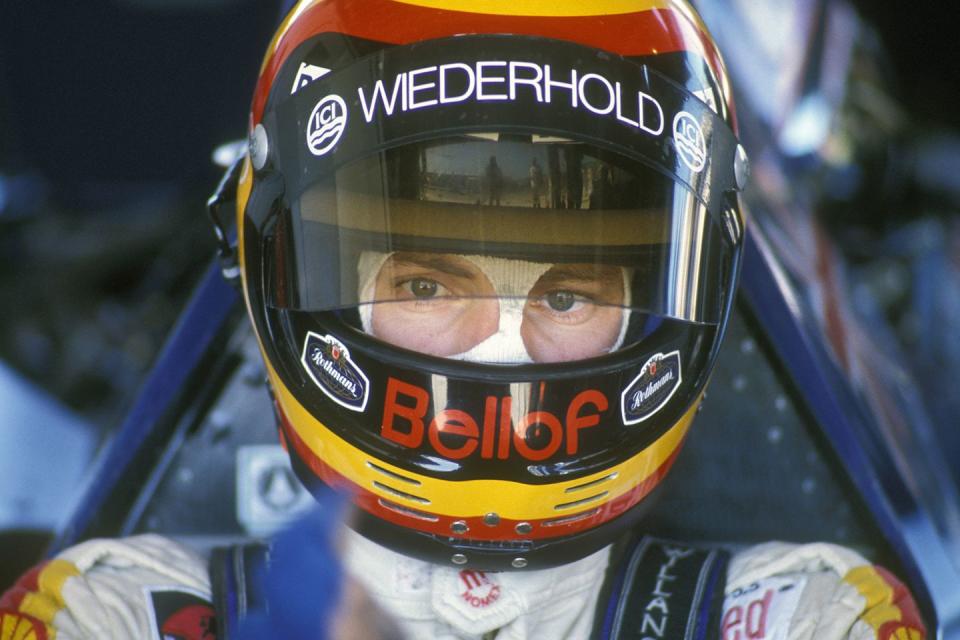Why It Took 35 Years to Beat This Astonishing Nürburgring Record

Editor's Note: We said this record would stand unless Porsche brought a 919 LMP1 to the Nürburgring to set a lap time. Porsche brought a 919 to the 'Ring and beat Bellof's time by nearly a minute. This story was originally published March 2nd 2017 and it appears as it did then below.
On May 28, 1983, a lucky confluence of events allowed for one of the greatest driving performances we'll ever see. Stefan Bellof, a 25-year-old racer from Germany, drove a Porsche 956 around the Nürburgring Nordschliefe in 6:11.13, a record that stands to this day, and one that doesn't look like it'll ever be topped.
Owing to construction of the the track's Grand Prix circuit, a bypass was added to the Nordschleife in 1983, shortening the track from 14.2 miles to 12.9 miles. As a result, the 1983 Nurburgring 1000km was held on the 12.9-mile Nordschleife, marking the only time top-level Le Mans cars raced on this configuration.

The cars entered in the 1983 1000km were particularly fast–especially the 956, which broke new ground in sports prototypes. It was powered by one of Porsche's familiar turbocharged flat-sixes, this time displacing 2.65 liters and producing at least 620 horsepower, but that's not the only thing that made it quick. The other thing was the 956's ground effect underbody.
Ground effect was a Formula One innovation that used clever underbody channels to create previously unheard-of amounts of downforce. The first F1 car with the tech was the Lotus 79, which helped Mario Andretti win the championship in 1978. When it was introduced in 1982, the 956 was one of the first sports cars to use ground effect in a similar way (the Lola T600 and BMW M1/C used ground effect in 1981).
Ground effect made the 956 unbelievably fast, but also incredibly tricky on a bumpy, narrow circuit like the Nurburgring. Listen to Bellof's teammate, sports car legend Derek Bell, explain what it was like in period:
Bell has to fight to keep the car on the road, especially in the Nurburgring's famous Karussell. To give you an idea of just how fast the 956 was, Bell only ran a 6:41 on this lap. This was just a practice lap, and Bell was saddled with heavy camera equipment, yet it still looks like he's ripping through hyperspace. Watch this video again, then imagine running a lap 30 seconds quicker.
Bellof had a couple of things going for him on the day of qualifying–his 956, chassis #007, benefited from new 13-inch wheels at the front and some other small upgrades that gave his car excellent handling. Additionally, the weather on May 28th, 1983 was cold but dry.
Bellof's goal was to beat fellow Porsche driver Jochen Mass' 6:16.85 qualifying lap–he went more than five seconds faster. What's more amazing, though, is how much quicker Bellof was than everyone else there that day. Bellof was nearly half a minute faster than Keke Rosberg, the reigning Formula 1 champion at the time, who set a 6:39.52. Third place qualifier Bob Wollek only managed a 6:31.59, while Mass' teammate Jacky Ickx, ran a 6:27.36.
"I thought [mine] was a good lap, until I saw the times," Rosberg toldMotor Sport magazine at the race.
"I could have gone even faster," Bellof said, per Porsche. "But I made two mistakes. And a 911 briefly got in my way."
During the race, Bellof continued to set an unbelievable pace, but it came at a cost. Just six laps into the race, he managed to pull a 36-second lead on Mass, and a two-and-a-half-minute lead on Rosberg. Of course, this went totally against the wishes of Porsche team leader Norbert Singer, who wanted Bellof and Bell to save fuel.
Bell's stint in the car shortened their lead, so Bellof set off with a vengeance. Shortly after setting a 6:25.91 lap during the race, Bellof lost control of his 956 and crashed at the Pfianzgarten corner into a barrier at 160 mph. Fortunately, he walked away, but his race was over. Mass and Ickx went on to take the checkered flag.
This 1983 race marked the last time cars like this were driven in anger around the Nordschleife. That likely means it's the last time we'll see such quick lap times at the track.

Bellof went on to win the 1984 World Sportscar Championship, driving alongside Bell in a Porsche 956, but sadly he was killed in an accident in the 1985 Spa 1000km. At the time, he was one of the most promising drivers in Formula 1.
In 2013, the Nurburgring renamed the Pfianzgarten where Bellof crashed to the Stefan Bellof S, in tribute to the record holder. To mark the occasion, Derek Bell took the 956 around the track for a lap.
While it's sad that Bellof died before he lived up to his full potential, his Nurburgring record will likely stand for all time as a testament to his prowess.
This post has been updated to accurately identify the first sports cars to use ground effect.
You Might Also Like

 Yahoo Autos
Yahoo Autos 